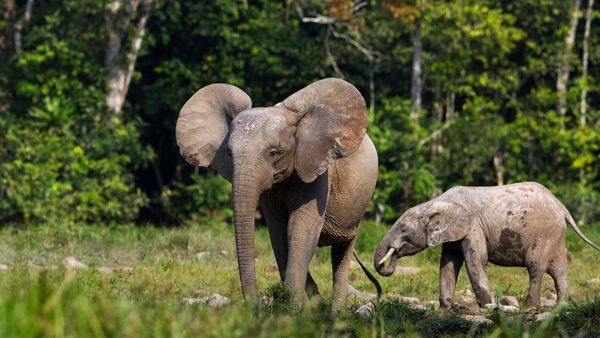
Key Takeaways
- The Malayan tiger is critically endangered, with fewer than 150 individuals left due to habitat loss, poaching and decline in prey.
- These tigers inhabit the tropical rainforests of Peninsular Malaysia, relying on large, intact forests for survival.
- Conservation efforts include government and NGO initiatives to combat poaching, preserve habitats and raise awareness.
The Malayan tiger, scientifically known as Panthera tigris jacksoni, is a critically endangered tiger subspecies native to the Malay Peninsula (particularly the southern and central regions). With a population estimated to include fewer than 150 individuals, the these wild tigers of Southeast Asia are on the brink of extinction.
Read on to learn more about conservation efforts to save Malayan tigers, as well as its habitat, diet and the threats it faces.
Advertisement
Advertisement

